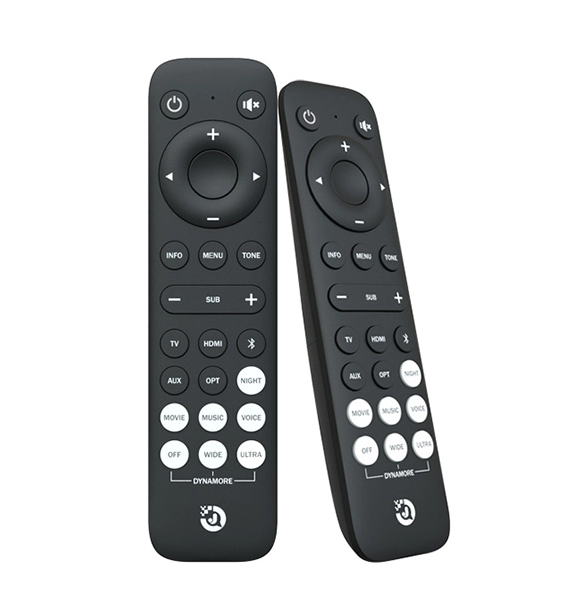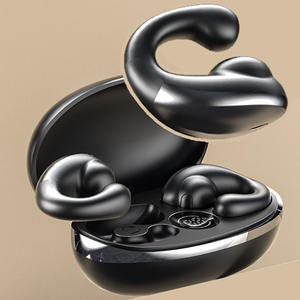In the modern era, electronic machines have become an integral part of our daily lives. Among these, computers and microwave ovens hold significant importance. While both devices serve distinct purposes, they differ in various aspects. This article aims to explore the dissimilarities between computers and other electronic appliances, with a specific focus on microwave ovens. By delving into their functionalities, components, and applications, we can gain a comprehensive understanding of their disparities.
- Functionality:
Computers: Computers are versatile devices designed to process, store, and retrieve vast amounts of information. They enable users to perform complex calculations, create and edit documents, browse the internet, and engage in various multimedia activities. With their ability to execute diverse software applications, computers have become indispensable tools for work, education, entertainment, and communication.
Microwave Ovens: On the other hand, microwave ovens are specialized appliances primarily used for cooking and heating food. They employ microwave radiation to generate heat, which rapidly cooks or reheats food items. Microwave ovens offer convenience and speed, making them ideal for quick meal preparation or defrosting frozen items. Their straightforward interface and preset cooking options simplify the cooking process for users.
- Components:
Computers: Computers consist of several essential components, including a central processing unit (CPU), memory modules, storage devices, input/output peripherals, and a display unit. These components work together to process instructions, store data, and facilitate user interaction. The CPU serves as the brain of the computer, executing instructions and coordinating data flow, while memory modules provide temporary storage for data and instructions.
Microwave Ovens: In contrast, microwave ovens have a more straightforward design. They typically consist of a magnetron (which generates microwaves), a cavity to hold the food, a control panel, and a power supply. The magnetron converts electrical energy into microwave radiation, which is then distributed within the oven cavity to heat the food. The control panel allows users to set cooking time, power levels, and other specific functions.
- Applications:
Computers: Computers find applications in various industries, including business, education, healthcare, entertainment, and scientific research. They facilitate tasks such as data analysis, graphic design, programming, video editing, virtual communication, and much more. With the advent of artificial intelligence and machine learning, computers are also being utilized for complex problem-solving, autonomous decision-making, and predictive analytics.
Microwave Ovens: Microwave ovens primarily serve the purpose of cooking and heating food. They are commonly used in households, restaurants, and food service establishments. Microwave technology allows for quick and efficient cooking, reducing preparation time significantly. Additionally, microwave ovens are employed in scientific research for various applications, including material processing, sterilization, and chemical reactions.
Conclusion:
In conclusion, computers and microwave ovens differ significantly in terms of functionality, components, and applications. Computers are multifunctional devices that enable users to perform a wide range of tasks, while microwave ovens are specialized appliances designed solely for cooking and heating food. Understanding these distinctions allows us to appreciate the unique contributions of each device in enhancing our daily lives. Whether it's the power of computation or the convenience of quick cooking, both computers and microwave ovens play vital roles in our modern society.





+ There are no comments
Add yours